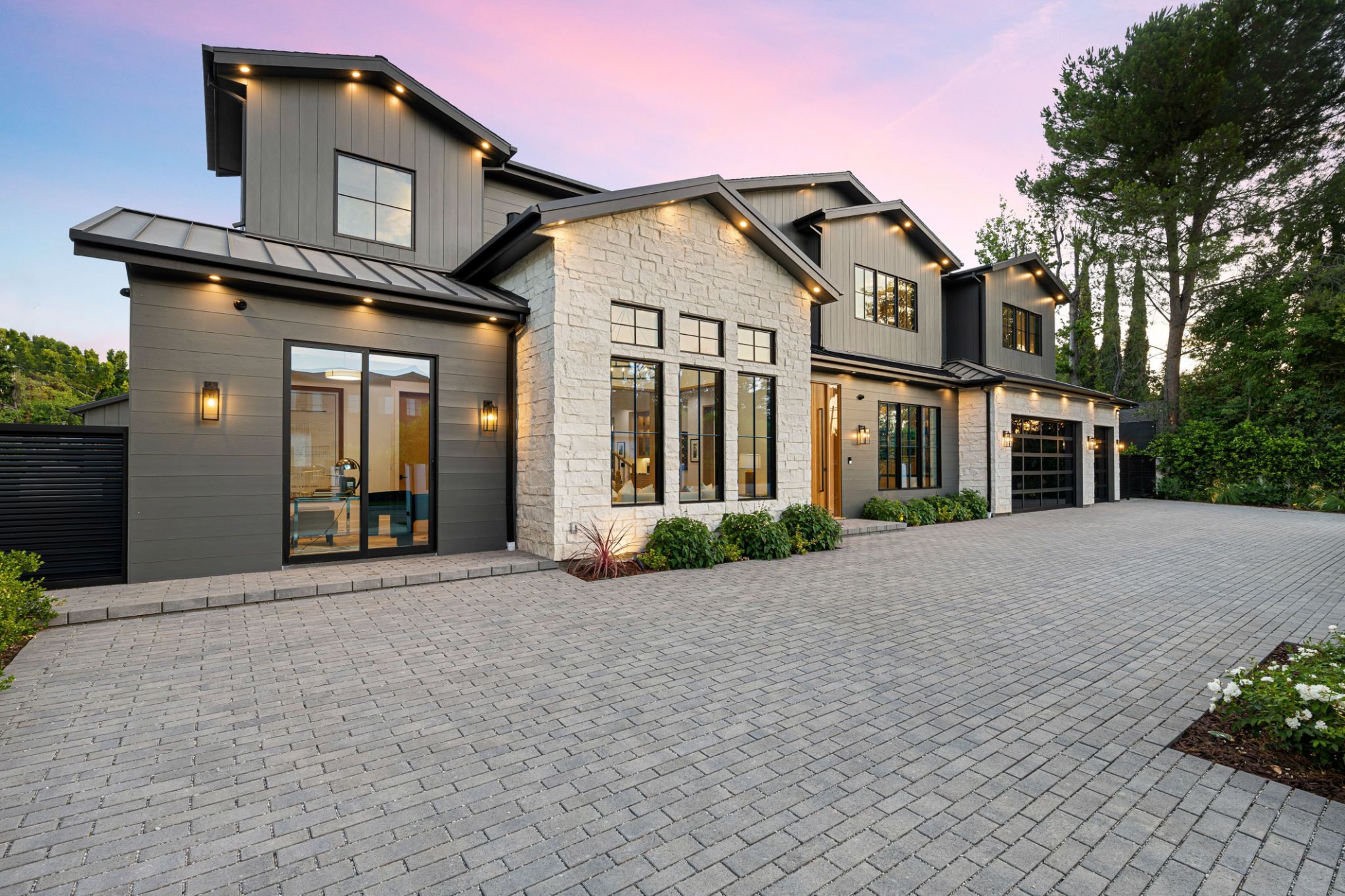The Ultimate Guide to Real Estate Photography: Tips for Stunning Home Listings
Understanding the Importance of Real Estate Photography
In the competitive world of real estate, first impressions are crucial. When potential buyers browse listings online, stunning photographs can make a significant difference in drawing attention to a property. High-quality images not only showcase the features of a home but also highlight its potential, setting it apart from other listings. Investing in professional real estate photography can lead to faster sales and higher offers.

Preparing the Home for a Photoshoot
Declutter and Depersonalize
Before capturing the perfect shot, ensure that the property is decluttered and depersonalized. Remove personal items such as family photos and knick-knacks to allow potential buyers to envision themselves in the space. A clean and neutral environment creates a blank canvas that is appealing to a wider audience.
Lighting and Staging
Lighting plays a pivotal role in real estate photography. Natural light is your best friend, so schedule shoots during the day when rooms are naturally bright. Open curtains and blinds to let in as much light as possible. Additionally, consider staging each room to enhance its appeal. Simple touches like fresh flowers or strategically placed furniture can make a space feel inviting.
Mastering Photography Techniques
Equipment Essentials
While a high-quality camera is an asset, you don't need the most expensive gear to take great photos. A DSLR with a wide-angle lens can capture more of the space, making rooms appear larger and more inviting. A tripod is essential for stability, ensuring sharp images even in low-light conditions.

Composing the Perfect Shot
Composition is key in real estate photography. Consider using the rule of thirds to create balanced and aesthetically pleasing images. Make sure that horizontal lines, such as those of tables or counters, are level in your photographs. Vary your angles to capture different perspectives of each room, showcasing both the details and the overall layout.
Editing and Post-Processing
Post-processing can elevate your photographs from good to stunning. Basic editing involves adjusting brightness, contrast, and color balance to ensure that the images accurately represent the property. Be mindful not to over-edit, as this can lead to unrealistic portrayals that disappoint potential buyers upon viewing.
The Final Touches
Once the images are ready, select the best ones that highlight the home's features and tell a story about the space. Consider creating a virtual tour or slideshow to give potential buyers an immersive experience. With high-quality images and thoughtful presentation, your real estate listing is sure to capture attention and generate interest.
